The Schuylkill Center

Check out the Prototype!
Overview
Our group goal was to improve the information architecture (IA) of a non-profit organization. We chose the Schuylkill Center (SCEE) in Philadelphia because their website was outdated and disorganized. I developed and presented user-centered IA recommendations to create a more usable websites, which featured tools to make an appointment for daycare tour products and online event registration.
Role
The Schuylkill Center (SCEE) project focused on the UX designer’s role in system development, specifically information architecture (IA).
Outcome
A recommendation for the Schuylkill Center (SCEE) where I looked at user behaviors, such as how they used the search function as well as the website’s structure, navigation, content, page design and hierarchy. This also included a sitemap, wireframes, and prototype of a new responsive website.

1. Heuristic Evaluation
- Check out SCEE’s website and spend some time getting familiar with its structure
- Write three tasks that a typical user of the SCEE’s website perform
- Review Abby’s heuristics and choose the 5 heuristics that are most relevant to SCEE’s website experience
- Show 3 tasks and 5 heuristics, list findings and their severity (Critical, Medium, Low)

2. Stakeholders & Users Interviews
- Interview stakeholders at the SCEE to determine organizations’ vision, mission and goals.
- Interview people who actually use the site – volunteers, donors, potential partners about their attitude, demographics, psychographics, tasks and information needs including information-seeking behaviors
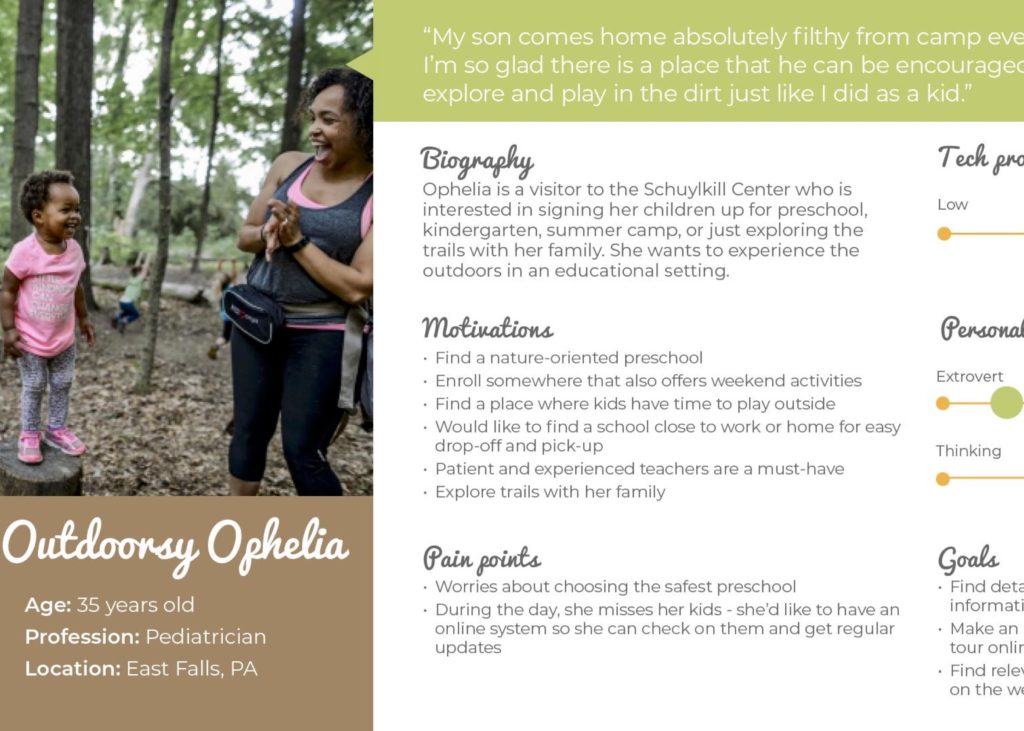
3. Personas
- Analyze user experience
- Identify user research findings
- Capture behavior trends and motivations
- Sort ideas into affinity groups
- Curate findings
- Generalize representation of ideal customer based on user research
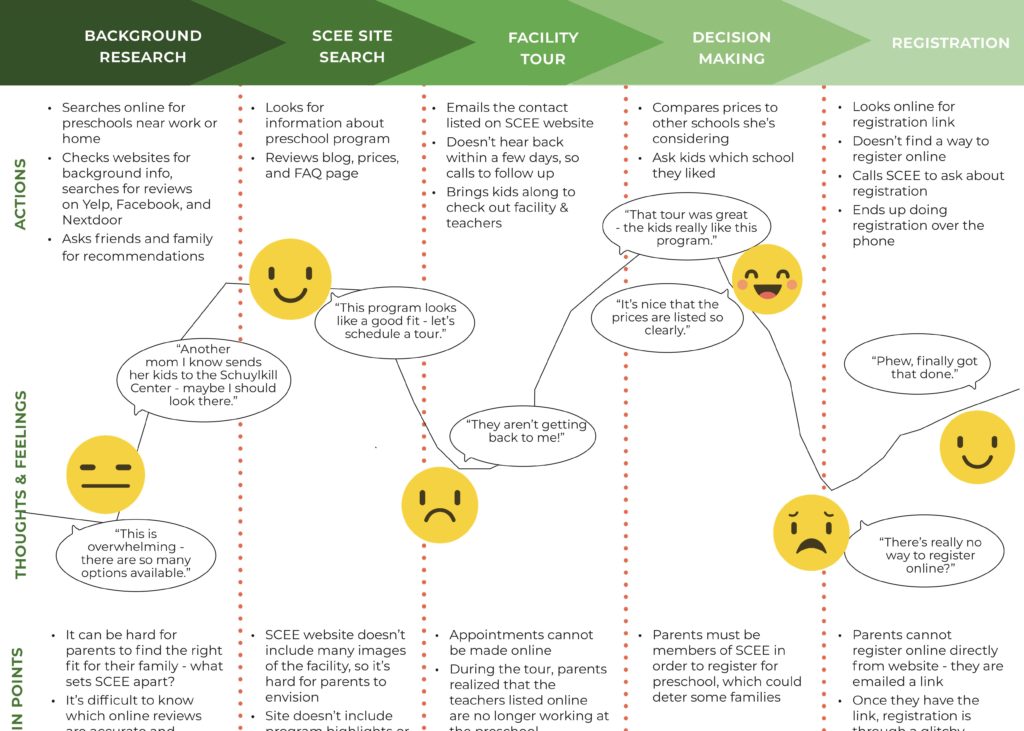
4. Journey Map
- Scope one user’s experience
- Identify customer pain points and service gaps
- Understand service metrics
- Examine customer experience across touchpoints
- Identify opportunity for process improvement
- Inform an implementation plan
- Define a vision for how services could impact customer experience
- Design a new service
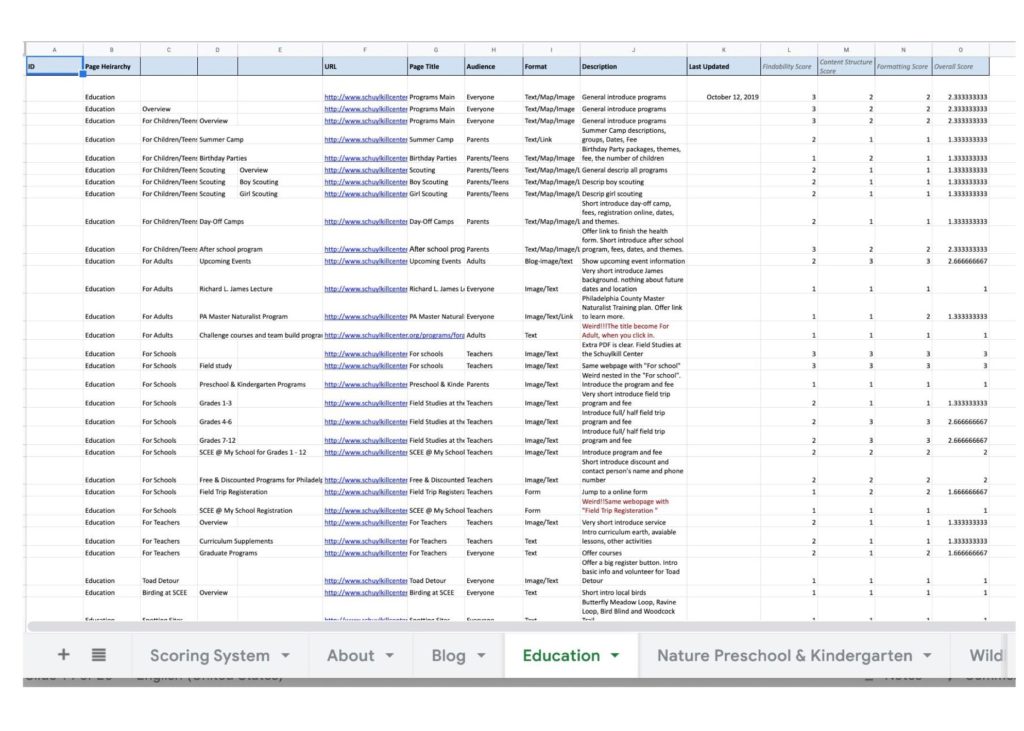
5. Content Analysis & Strategy
- Create a short list of available SCEE’s properties
- Go through each property in detail identifying individual pieces of content for evaluation
- Take notes on each piece of content
- Identify the strategy and objective of available properties
- Evaluate how well content found in SCEE audit achieves the stated goal
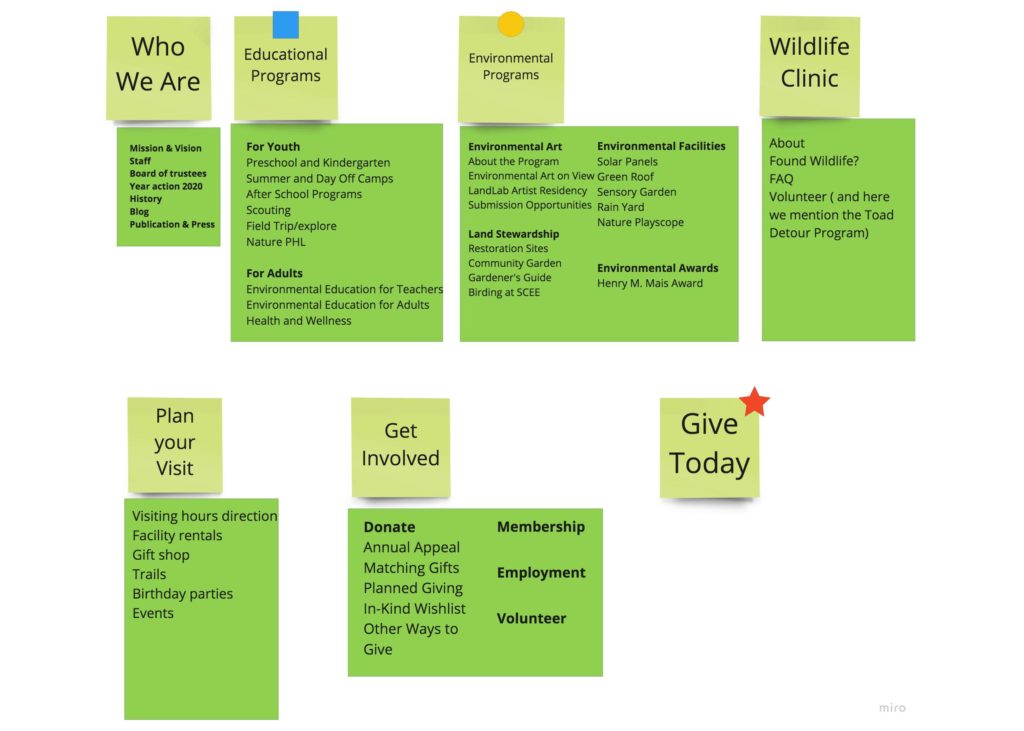
6. Organization & Labeling Structure
- Organize and categorize SCEE website
- Create an organizational schema and sort items into that schema
- Understand and utilize the concept of information scent
- Design a labeling system appropriate for the selected schema
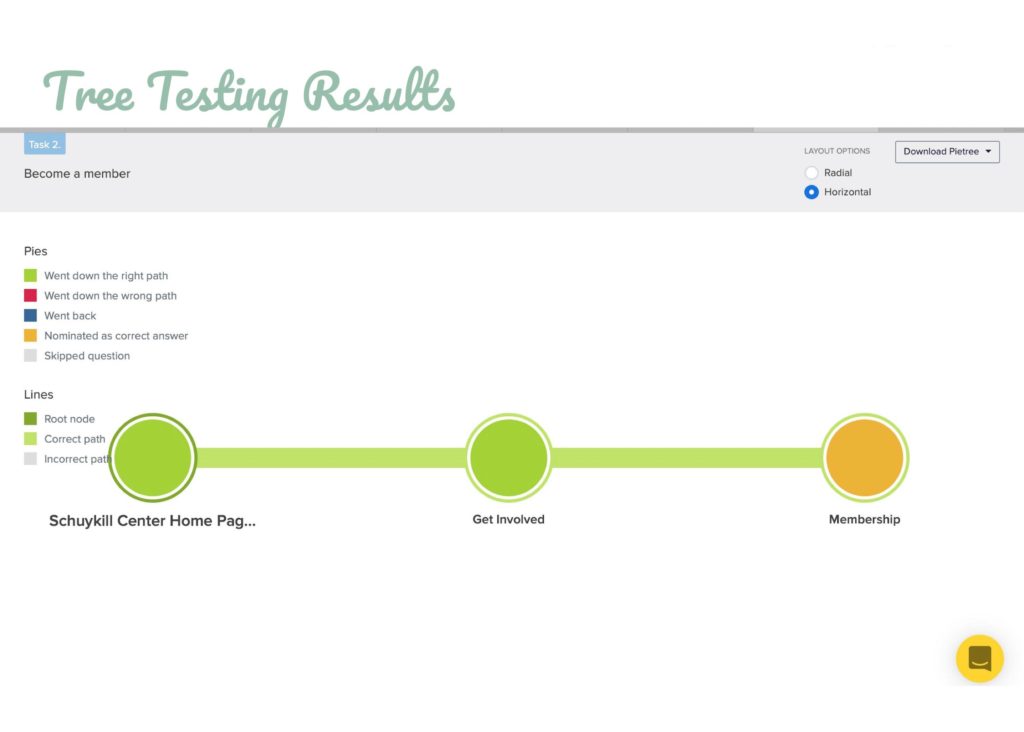
7. Navigation Usability & Tree Testing
- Develop navigation recommendation based on organization and labeling structure
- Develop wireframes of global, local, contextual navigation
- Test the nav recommendation (moderated tree test)
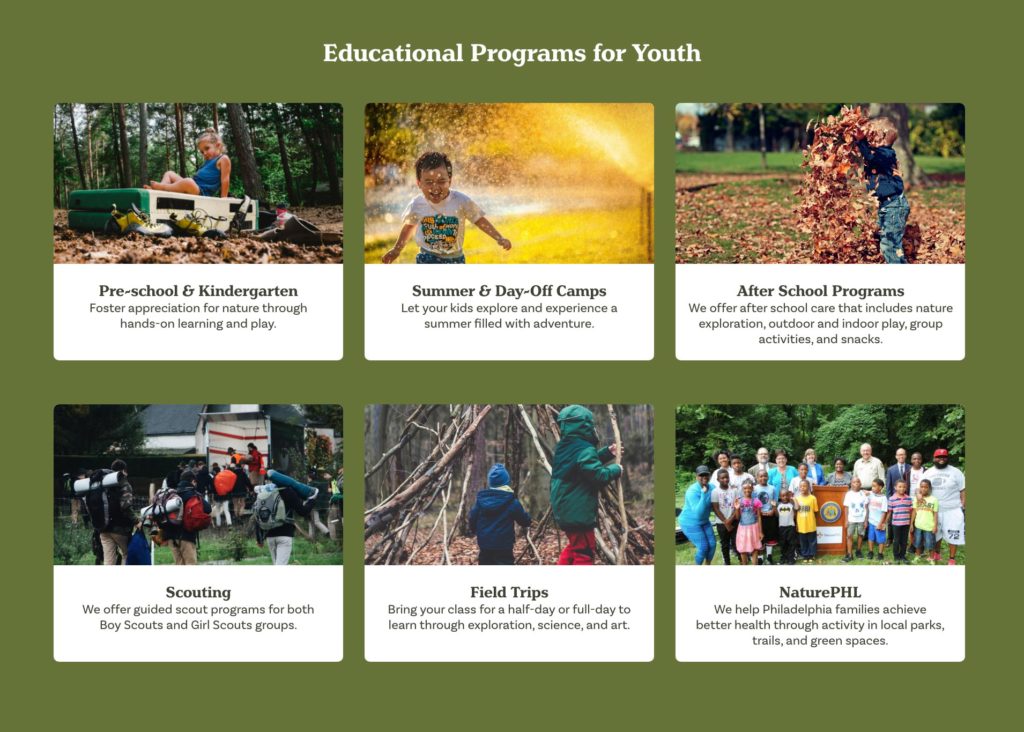
8. Wireframe & Visual Design
- Sketch wireframe
- Redesign UI system
- Redesign visual web pages according to pervious information architecture
